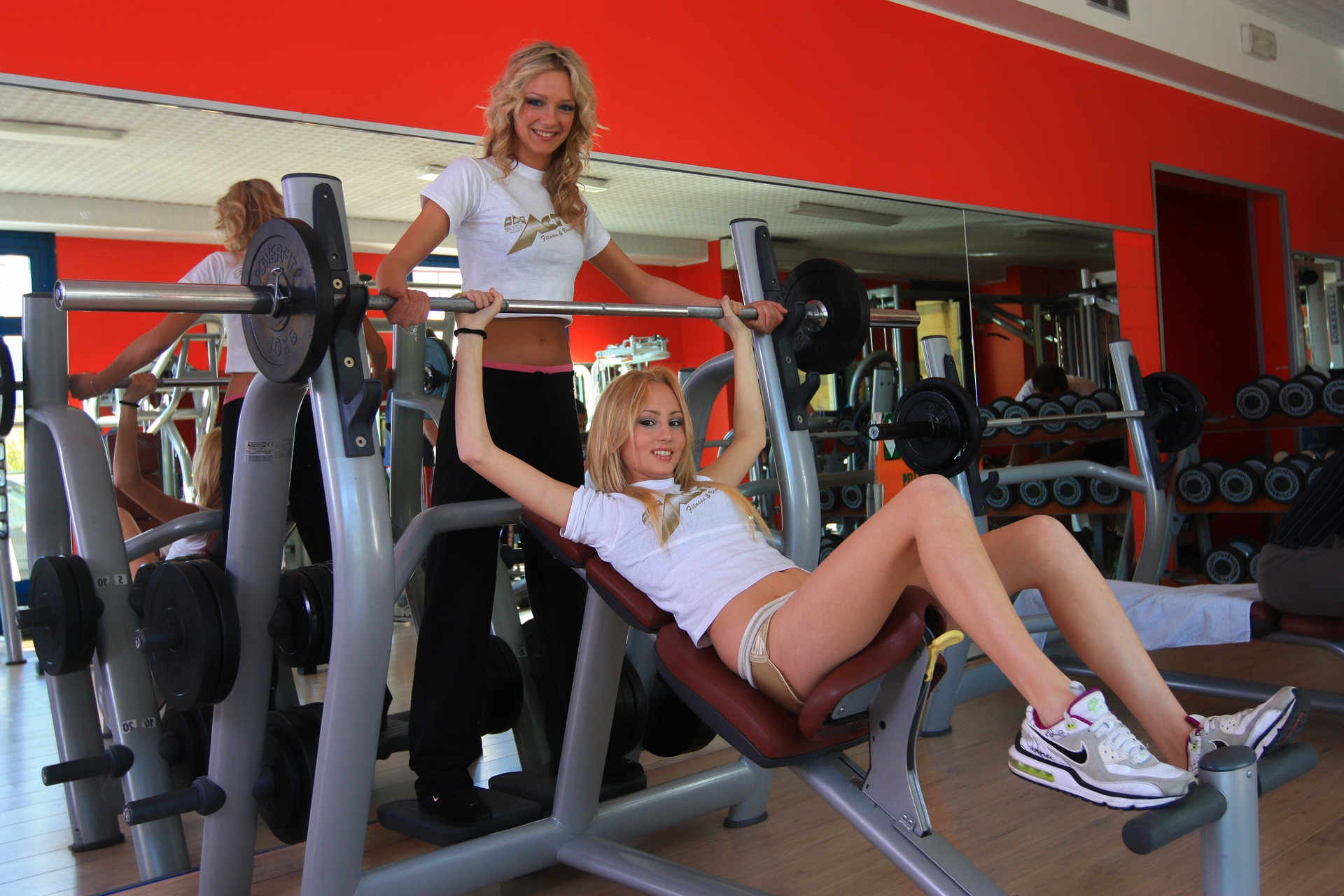When you get an injury, it can be tempting to stay off your feet and avoid engaging in physical activity. You may be advised to rest to help your body heal. However, prolonged inactivity can sometimes do more harm than good. That’s why exercise rehabilitation, or the process of engaging in structured physical activity to promote healing and recovery, can be a crucial part of the rehabilitation process.
Exercise rehabilitation comes in many forms, depending on the type and severity of injury. One common type is cardiorespiratory training, which focuses on improving your heart and lung function. This can involve activities like walking, running, or cycling. Strength training is another type, which focuses on building the strength and endurance of your muscles. This can involve exercises like weightlifting or resistance band training. Finally, there’s flexibility training, which involves stretching and other movements aimed at improving your range of motion.
But what makes exercise rehabilitation so important? For one, it can help you to regain your physical abilities more quickly. By engaging in structured exercise, you’ll be working to strengthen your muscles, improve your flexibility, and increase your endurance. This can help you to recover from your injury more quickly, allowing you to return to your normal activities sooner.
In addition to helping with physical recovery, exercise rehabilitation can also be crucial for your mental well-being. In some cases, being injured can lead to feelings of frustration, helplessness, or depression. Engaging in exercise can help to combat these negative emotions by giving you a sense of control over your recovery. Plus, the endorphins that are released during exercise can help to improve your mood and reduce stress.
Of course, exercise rehabilitation isn’t without risks. If you overdo it or push yourself too hard, you could end up re-injuring yourself or causing other problems. That’s why it’s crucial to work with a qualified professional during your rehabilitation process. They can help to create a plan that’s tailored to your specific needs and abilities, and monitor your progress along the way.
So, what does exercise rehabilitation look like in action? Let’s say you’ve suffered a sprained ankle. Your rehabilitation plan might start with simple exercises like ankle circles, calf raises, and toe taps to improve your range of motion. From there, you might move on to more challenging exercises like single-leg balance training or resistance band exercises to build strength in your ankle and surrounding muscles. You might also engage in low-impact activities like swimming or cycling to improve your cardiovascular fitness without putting too much pressure on your ankle.
If you’re dealing with a more severe injury, such as a broken bone or torn ligament, your exercise rehabilitation plan may be more complex and include a longer recovery time. But no matter what your injury is, the key is to stay active and engaged in your recovery process. That may mean doing exercises at home between appointments with your healthcare provider, or attending regular rehabilitation sessions with a physical therapist.
Ultimately, exercise rehabilitation is a powerful tool for promoting healing and recovery after an injury. By engaging in structured physical activity, you can help to build your strength, improve your flexibility, and regain your physical abilities. Plus, by staying active, you’ll be doing your mental health a favor too. If you’re dealing with an injury, talk to your healthcare provider about ways to incorporate exercise rehabilitation into your recovery plan.











